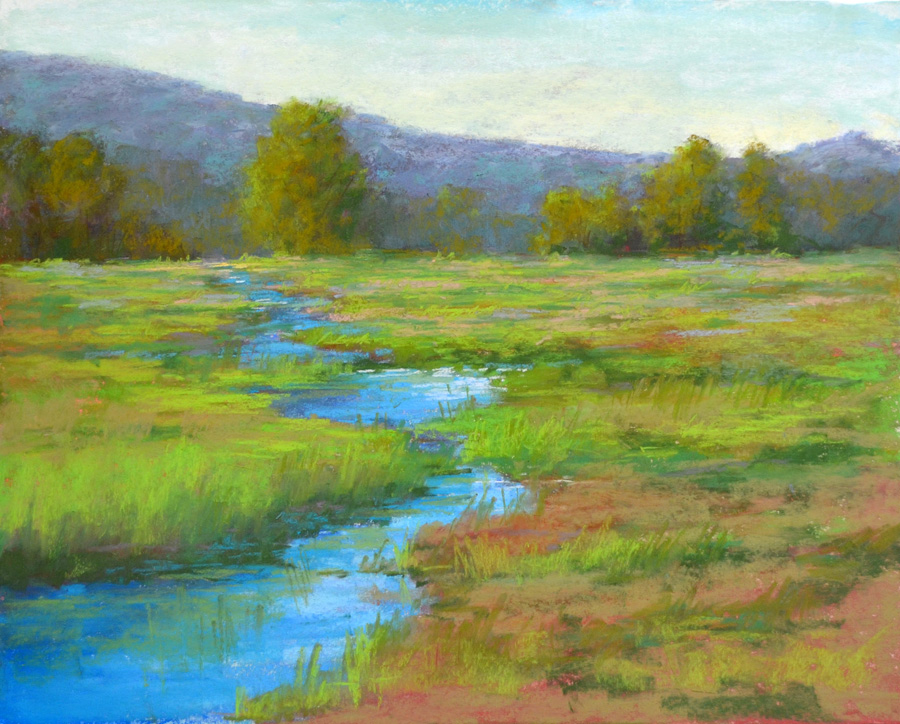The post that you are about to read discusses a prolific performer who in spite of her high age still actively performs. Mrs. Soňa Červená is one of those artists who never cease to surprise by something new and unexpected. I had the privilege to attend one of her performances at the last year's Prague Spring festival. Besides being amazed by the energy and precision that her performance radiated to the audience I was reminded of the fact that the future of classical music is not being formed only by people in the earlier stages of their life. Active performing artists of Mrs. Červená's age are rarely seen on concert stages. Their performances, however, should be still taken seriously. Especially when they display such a high level or artistry, taste for new ways of interpretation, and visions of future projects. Please enjoy reading Mrs. Červená's profile.
Soňa Červená – Future Visions Through the Lens of Experience
by Lukáš Olejník
Concert melodrama, a form that brings together spoken word
and music, is not frequently seen on concert stages. However, the 88-year-old Czech operatic
mezzo-soprano Soňa Červená is one of the few musicians who are able to bring
the form to life, and she demonstrated this ability May 18 2013 at Divadlo Na zábradlí as part of the 2013 Prague Spring festival.
The indomitable Prague-born Červená, whose career spans
nearly six decades, was accompanied by pianist Karel Košárek in a program that
included two pieces written for narrated voice and piano, Die Weise von Liebe
und Tod des Cornets Christoph Rilke, by Viktor Ullman, and Eric Satie's Sports
et divertissements.
Her performances did bookend three pieces for solo piano,
performed by Košárek: Dmitri Shostakovich's Prelude and Fugue No. 1 in C major
and Prelude and Fugue No. 2 in A minor, and Basso ostinato by Rodion Shchedrin.
In addition to her chamber performance at the last year’s Prague
Spring festival, Červená also appeared at the State Opera May 23 2013 in
Stravinsky's orchestral melodrama Persephone. But it is the concert melodrama
that holds a special place in her heart, she told The Prague Post.
"My father, Jiří Červený, founder of the first
literary cabaret, Červená sedma, taught me that music and spoken word are equal
partners, and neither of them should be favored over the other," she says.
"This is also why, in performing opera, I never allowed myself to form
large musical phrases without a clear projection of the text I was singing.
Thanks to my conscious effort during 30 years in exile, my Czech has stayed
intact, and when I returned to Prague after the Velvet Revolution I finally
became fully reunited with my father's legacy, spoken word and music."
Born Sept. 9, 1925, Červená studied voice in Prague with
Robert Rozner and Lydia Wegner-Salmowá and began her professional career after
Word War II in the short-lived revival of the avant-garde Osvobozené divadlo,
or Liberated Theater, with the legendary theatrical duo Jiří Voskovec and Jan Werich. But after the theater ceased operating, she moved to opera and
classical music.
Červená's first major success was her portrayal of Octavian
in Richard Strauss's Der Rosenkavalier at Prague's National Theater in 1957. In
1959, she accepted an offer from the Berlin State Opera, in East Berlin, where
she debuted in the same role. On January 4, 1962, she escaped to West Germany
via the last open checkpoint in the Berlin Wall.
She then became a principal artist at the Opern- und Schauspielhaus Frankfurt, to which she remained loyal until the early 1990s,
while also appearing at the Deutsche Oper Berlin, Hamburg State Opera,
Semperoper, and the Vienna State Opera. Červená made her American debut in 1962
at the San Francisco Opera House, playing the title role in Bizet's Carmen. She
returned often to San Francisco to appear in a wide variety of productions,
including Berlioz's grand opera Les Troyens, Verdi's Il trovatore, The Barber
of Seville by Rossini, Wagner's Die Walküre, and the U.S. premiere of Gunther Schuller's The Visitation.
The scope of her repertoire is comprehensive and
includes baroque, classic, romantic, modern and contemporary titles. Her heart,
however, belongs to more recent music, she says. In an interview with the
online music portal Muzikus.cz, she explained why.
"With the music of Richard Wagner, I finally
discovered what my musical senses were really striving for. I started to study
Mahler, Berg, Debussy, Stravinsky. Living composers started composing for me.
Henze revised and extended his television opera La Cubana. Menotti chose me for
his opera Medium. For Luigi Nono, I premiered his opera Al gran sole. On top of
all that, my absolutely favorite composer was Janáček. "
As further proof of her modernism, Červená has been
starring at the National Theater as the enigmatic femme fatale Emilia Marty in
Robert Wilson's acclaimed production of Karel Čapek's The Makropulos Case since
the production's debut in November 2010.
Her many distinctions include the 2004 Thalia Kolegium Award (one year after it was bestowed on the late Václav Havel) and,
more recently, the 2012 Gold Medal for Fine Arts of the Washington-based John
F. Kennedy Center for Performing Arts in Prague, which she was formally
awarded in June 2013.
More than two decades after her return from exile,
the tireless Červená - now nearing her 90th birthday - is still actively
performing and plans to continue well into the future. She has been preparing
another Robert Wilson project, 1914, partly based on the classic Jaroslav Hašek
novel, The Good Soldier Švejk, which is scheduled to have its premiere in
Prague in this coming April.
